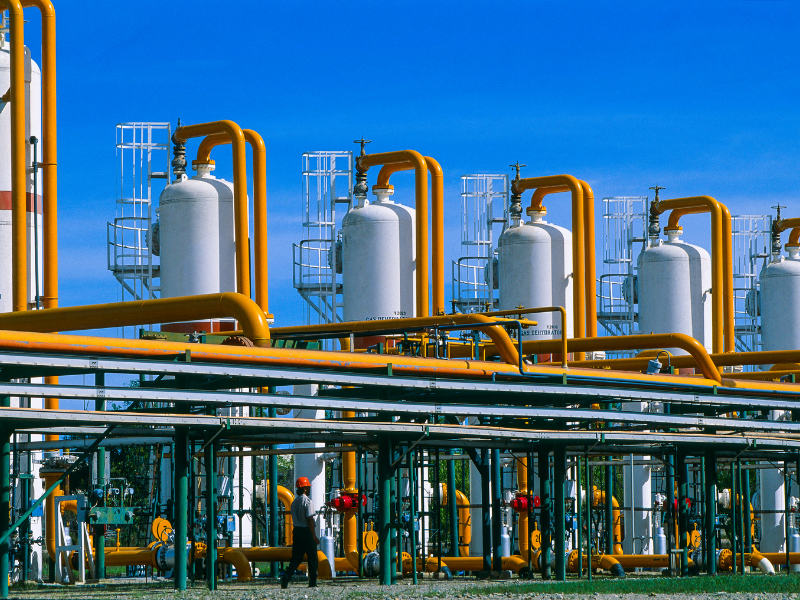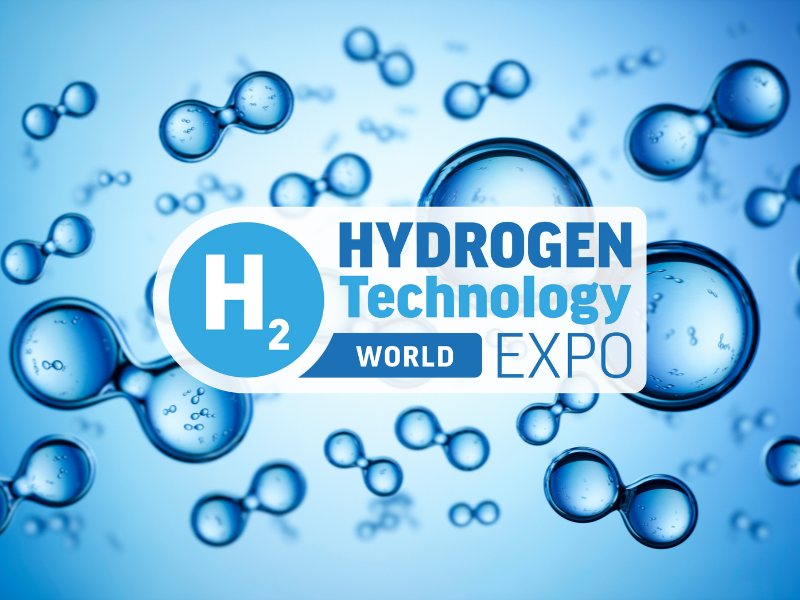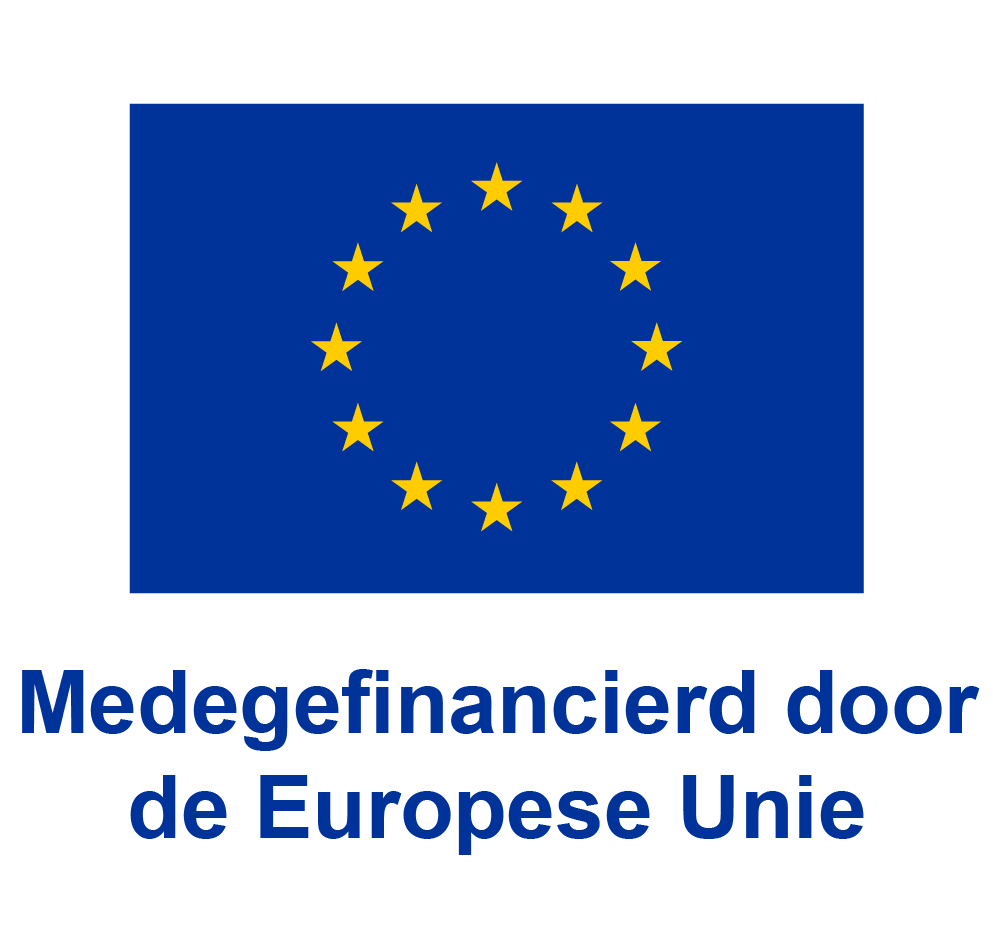Background story theme large-scale energy generation and storage
Because we want to get rid of fossil fuels, there is increasing investment in energy generation such as wind and solar power. At the same time, we are also using more and more energy, think of the growth of data centres and electrically rechargeable cars. A great development that is happening faster than we were prepared for. Our power grid cannot handle the exponential increase in energy supply and demand at all. We call this overloading grid congestion. The Energy & Climate programme went into conversation with Stedin on this topic. Furthermore, this article highlights four possible solutions being developed in the South Holland region.

Our power grid is full, while we need more and more power
Diederik Kuipers, Innovation Advisor at Stedin: 'Grid congestion is congestion on the power grid. A few years back, power supply and demand were much more predictable. The grid was adequate and the cables thick enough. Now that we are dealing with weather-dependent wind and solar energy, decentralised generation, more and more electrical appliances and means of transport; we are already at the maximum capacity for generation and off-take in many places in the Netherlands. This has dire consequences. We now have to say no to new connections of schools or care institutions, for instance, but also to sustainable initiatives to install solar panels.' Niek Haasnoot, Innovation Advisor at Stedin: 'In the first instance, we need to increase the capacity of the infrastructure as quickly as possible. Unfortunately, this is not going fast enough. It requires a lot of space and personnel, both are scarce, it requires substantial investments and takes years. So we also need to look at other innovative solutions that fit the energy transition we are in now.'
Kuipers: 'With congestion management, we try to distribute the load on the grid better. For example, at a time when the grid is full, it will not be possible to deliver back. We look for where the flexibility sits, but that alone is not enough. We are trying not only to think like grid operators, but are changing our role. For instance, we are also increasingly seeking out the regulator to engage in discussions with.' Haasnoot: 'The energy legislation still dates from 1998 and operates on a first come, first serve principle. This means we cannot give priority to customers who need it most or have more social impact.'
'Fortunately, there will be new legislation to better suit the energy transition,' Kuipers said. This will also make it possible to put both wind, solar and storage on the same connection (cable pooling).' Haasnoot: 'So we should already be looking at a system with different energy carriers and smart exchange to store energy in molecular form. We are happy to engage with companies on new solutions such as battery technology, smart energy homes, energy collectives and hydrogen. Together, we will have to explore how to put the puzzle together.'
Hydrogen as storage for electricity
Hydrogen is not an energy source, but can be an energy carrier: a substance in which energy is stored, which can be converted into electricity or burned as a gas. Green hydrogen is made by splitting water, via electrolysis with green electricity generated by e.g. wind turbines or solar panels, into hydrogen and oxygen. No CO2 is then released. HyER Power develops the HyER Power Plant, which allows a building to be used as a mini power plant and provide (its own) electricity and heat. This avoids burdening the grid. This is because generation, storage and use are all locally controlled.
Saul Oost, owner of HyER Power: 'Surplus renewable energy is converted into hydrogen. Using a fuel cell, we then convert this hydrogen locally into electricity and heat. That electricity is used to trigger a heat pump. The extra heat produced can be used to heat the building and supply electricity at times when there is no sun or wind. Optionally, electricity can also be delivered back to the grid if needed.'
Oost: 'We have now demonstrated our technology for one type of building, but tests are needed to demonstrate and scale up the technology.' Peter van Hooft, Fieldlab Industrial Electrification (FLIE): 'Energy storage and conversion are important topics for us. FLIE offers the opportunity to demonstrate these technologies together with potential end-users. I am happy to engage with HyER Power to explore whether our pilot site could be a solution to further validate the technology.'
Safely buffering electricity in batteries
Batteries can store energy electrochemically, absorbing peaks in renewable generation. Users with their own battery could even potentially reduce their own connection to the grid. Although Li-ion batteries are getting cheaper, prices are still high and there is a safety risk. In addition, you are dependent on critical raw materials in production, the supply of which may be compromised. Exergy Storage is developing a salt-based battery.
Gert Jan Jongerden, founder of Exergy Storage: 'Using salt has a lot of advantages. It is a raw material that is readily available. This reduces your dependence and the price can be kept many times lower. In addition, salt as a base is safer and easier to recycle. We are now working on a prototype home battery that you can safely place in your home. Such a home battery has a substantial energy capacity of about 16 kWh. It is also possible to fill containers with several packs of batteries. A 20-foot container can then supply up to 250 kWh. These are interesting for many different market segments, e.g. industry, residential areas, business parks and the construction sector.'
Microgrids: generating and using energy locally
For over a hundred years, alternating current (AC) has formed the basis of our electricity system. With decentralised generation and use of car batteries and solar panels, we are increasingly encountering DC technologies (DC). Thereby, DC has a number of advantages over AC. For instance, material costs are lower and less maintenance is required. Unfortunately, there are still some bottlenecks to successfully implementing DC grids. This is because the entire system is set up for AC.
DC Opportunities is working on the development of DC microgrids. Founder Laurens Mackay: 'A microgrid does not need to be connected to the grid. The energy generated locally can be used directly to supply energy. Think, for example, of a fleet of cars, where the cars can be charged during the day by solar panels on the roof of the garage. The challenge is that we have to develop and coordinate a lot of different components at the same time. This involves dealing with many different systems, devices and customers. Everyone would like to see a working whole first, but that is not possible. It's a chicken-and-egg story.' Peter van Hooft, FLIE: 'We see this problem more often. Innovating requires courage. We call on companies to reveal something of their own business information in order to cooperate. Only in this way can we make a systemic change.'
The system solution: shared ownership
A disruptive solution that may be a little further in the future is that of 2Tokens foundation. Jos Röling shares his vision on a new way of trading energy facilitated by blockchain: programmable energy. Röling: 'If you tokenise energy, you can exchange it at a time of day with an associated price. You can share ownership where you don't get paid in money, but in kWh yield. So you can facilitate energy trading between consumers. The neighbour generates energy, which you consume. Handy if, for example, you live in a listed building where solar panels are not allowed.'
Biggest problem with this solution is that it affects our whole system and it requires quite a bit to adapt legislation, for instance. You will also have to look across borders. That is why 2Tokens is developing solutions together with international parties. Röling: 'In the Netherlands, you have to deal with supervision from both the AFM and ACM. They will have to revise their rules to facilitate a system like this.' Still, the idea is not entirely unthinkable. It is already being tested on a small scale in pilots. Röling: 'We are now exploring in a pilot how, for example, you can guarantee that no fraud takes place. What should you think about when building, how can you predict yield and distribute it fairly?'
About the Energy & Climate programme
The Energy & Climate innovation programme is an initiative of the province of South Holland, MRDH, TNO and InnovationQuarter to work on energy transition. Because of the network and knowledge present, the Fieldlab Industrial Electrification has been appointed as core fieldlab within this programme. Together, we stimulate projects that come up with sustainable innovative solutions, including around grid congestion. The above solutions are just a few examples of solutions and projects. In the E&K project overview find more projects on this theme.



